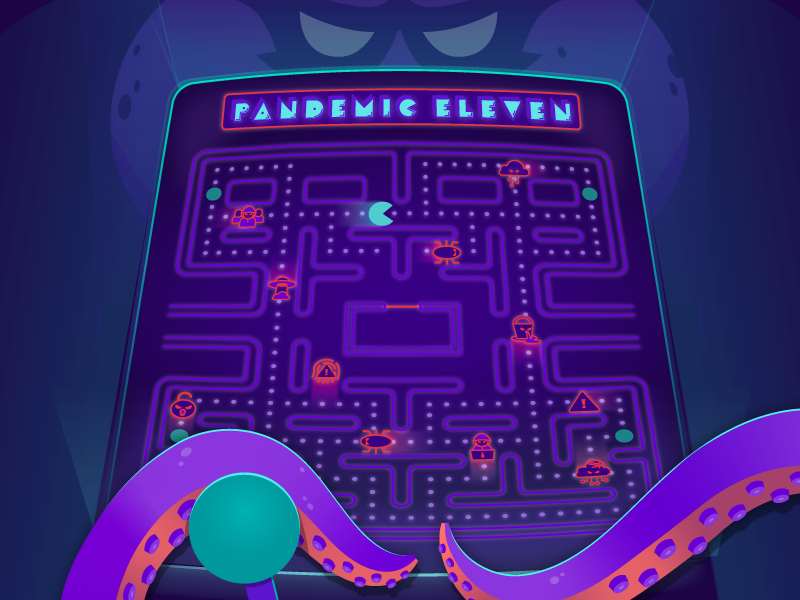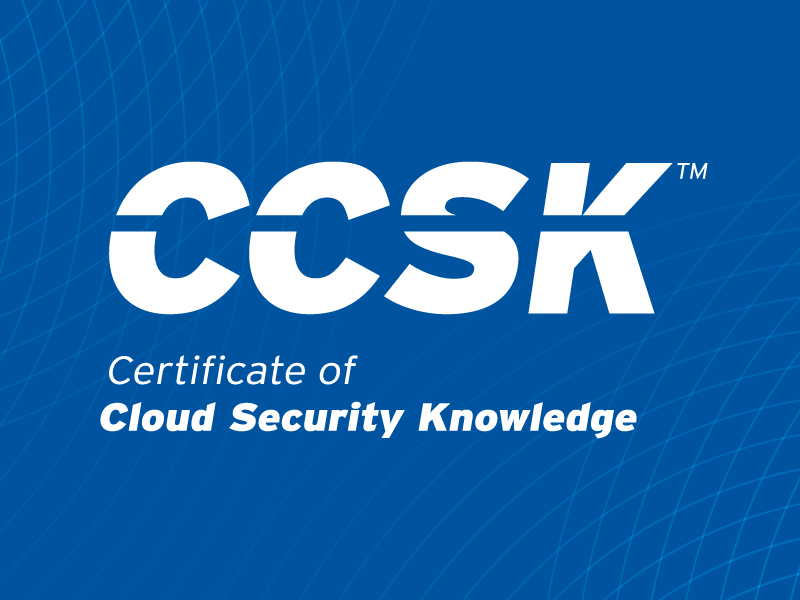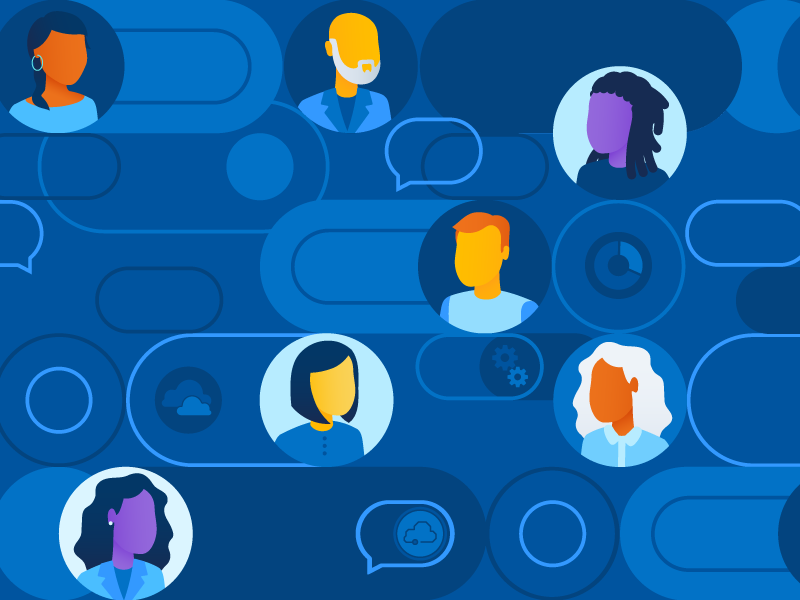Columbia University Breach Exposes 870,000 Records: The Case for Unified Cloud and SaaS Security
Published 09/29/2025
When news broke that Columbia University suffered a cyberattack affecting nearly 870,000 individuals, the scale immediately caught attention. The breach not only exposed personal and academic records but also highlighted the growing risks universities face as they rely on complex combinations of cloud infrastructure and SaaS applications. For Columbia, a prestigious Ivy League institution, the incident serves as a stark reminder that higher education is firmly in the crosshairs of cybercriminals.
The Columbia University Data Breach
The attack reportedly began around May 16, 2025, when an unauthorized third party gained access to Columbia’s systems. By June 24, the university experienced an IT outage that hinted at deeper issues. On July 1, Columbia confirmed that hackers had infiltrated its network, and by early August, it disclosed the full scale of the breach to regulators and the public.
The impact was staggering: 868,969 individuals were affected, including current and former students, applicants, employees, and even family members. Hackers claimed to have stolen 460 gigabytes of sensitive data, much of it belonging to those who had interacted with the university over decades.
The compromised records included:
- Contact details and demographic information
- Social Security numbers and dates of birth
- Academic history and enrollment details
- Financial aid and insurance information
- Some health-related records
While the university emphasized that Columbia University Irving Medical Center patient records were not included, the breadth of exposed personal, financial, and academic information was enough to put hundreds of thousands at risk of identity theft, fraud, and phishing attacks.
To its credit, Columbia quickly engaged law enforcement and external cybersecurity experts, notified those impacted, and provided two years of free credit monitoring and fraud restoration services through Kroll. Yet the larger issue remains: universities hold vast amounts of sensitive data— and attackers know it.
Why Universities Are Attractive Targets
Cybercriminals are not indiscriminate. They go where the data is valuable. And few organizations hold as much diverse, long-term personal information as universities. Three core factors make universities particularly vulnerable:
- Sensitive and varied data: Academic institutions combine PII, financial records, and health-related information in a single environment. For an attacker, breaching one system can expose multiple categories of data at once.
- Complex IT ecosystems: Most universities operate hybrid environments—legacy systems in data centers coupled with workloads in the cloud and SaaS apps for everything from HR to learning management. These sprawling infrastructures often outpace available security resources.
- Budget constraints and decentralized IT: Even well-funded institutions are likely to prioritize academic research and operations over cybersecurity investments. Additionally, individual departments may procure their own SaaS applications, creating shadow IT and blind spots.
This mix of high-value data, complexity, and underfunding makes universities prime targets for cyberattacks.
The Overlooked Risk: Cloud and SaaS Together
Data breaches rarely stem from a single weak link. Instead, they often emerge from the interplay between cloud misconfigurations and unmonitored SaaS environments.
- Cloud risks: Universities store sensitive data in cloud workloads and databases, where a single misconfigured storage bucket or over-permissioned IAM role can provide attackers with entry.
- SaaS risks: From admissions to HR to financial aid, SaaS platforms are deeply embedded in academic operations. Weak security configurations, lack of MFA, and unmanaged integrations create gaps attackers can exploit.
Once attackers breach the perimeter, they can move laterally between cloud workloads and SaaS applications, escalating access and expanding their reach.
The Domino Effect of Fragmented Security
The biggest danger in higher education is fragmentation. When cloud and SaaS security are managed in silos, attackers can exploit gaps between them. For example:
- A misconfigured cloud workload storing financial aid data syncs with a SaaS application used by the admissions office.
- A compromised faculty account with broad SaaS access privileges enables attackers to pivot into sensitive cloud workloads.
- A lack of unified monitoring prevents the security team from seeing the attack as it unfolds across platforms.
This domino effect turns isolated weaknesses into systemic breaches. Without cross-environment visibility, institutions remain blind to how attackers move through their systems.
Why Universities Need Unified Cloud + SaaS Security
Organizations need integrated protection that spans cloud infrastructure, identities, workloads, and SaaS applications. A unified approach can prevent or at least mitigate the scale of such an incident.
- Cloud Security Posture Management (CSPM): Proactively identifies misconfigurations in cloud resources that attackers exploit.
- Cloud Infrastructure Entitlement Management (CIEM): Detects and enforces least-privilege access policies, reducing the risk of over-permissioned faculty or staff accounts.
- Cloud Workload Protection Platform (CWPP): Monitors runtime workloads for anomalies, ensuring that applications tied to admissions or HR are not silently exfiltrating data.
- SaaS Security Posture Management (SSPM): Secures SaaS platforms by enforcing strong configurations, monitoring integrations, and reducing shadow IT risks across academic departments.
By combining these capabilities under a Cloud-Native Application Protection Platform (CNAPP) with SaaS coverage, universities gain a single-pane-of-glass view. This enables them to identify risks faster, respond more effectively, and close the gaps attackers exploit.
The Takeaway for Higher Education
For institutions like Columbia, siloed defenses are no longer viable. What’s needed is unified visibility and continuous monitoring across domains. A modern cloud and SaaS security approach should deliver:
- Full visibility into cloud and SaaS environments
- Automated detection of misconfigurations and excessive permissions
- Continuous monitoring of workloads and SaaS applications
- Unified dashboards that connect the dots across environments
For universities managing massive volumes of sensitive data, this shift transforms security from reactive to proactive. It ensures that institutions can protect academic, financial, and personal records before attackers exploit them.
Because when data on hundreds of thousands of students and staff is at stake, partial security is no security at all.
About the Author
Derek Hammack is a multi-disciplinary cybersecurity professional with a background spanning engineering, communications, analytics, and strategic leadership. With experience across government and private sectors—including work in cloud architecture, SaaS security, and cross-functional program management—he brings a systems-thinking approach to solving complex challenges. Derek is passionate about helping organizations stay ahead of evolving threats through proactive posture management and modern security solutions.

Unlock Cloud Security Insights
Subscribe to our newsletter for the latest expert trends and updates
Related Articles:
AAGATE: A NIST AI RMF-Aligned Governance Platform for Agentic AI
Published: 12/22/2025
Is Cloud-Native Key Management Right for You?
Published: 12/19/2025
Agentic AI Security: New Dynamics, Trusted Foundations
Published: 12/18/2025





.png)
.jpeg)
.jpeg)
.jpeg)
.jpeg)